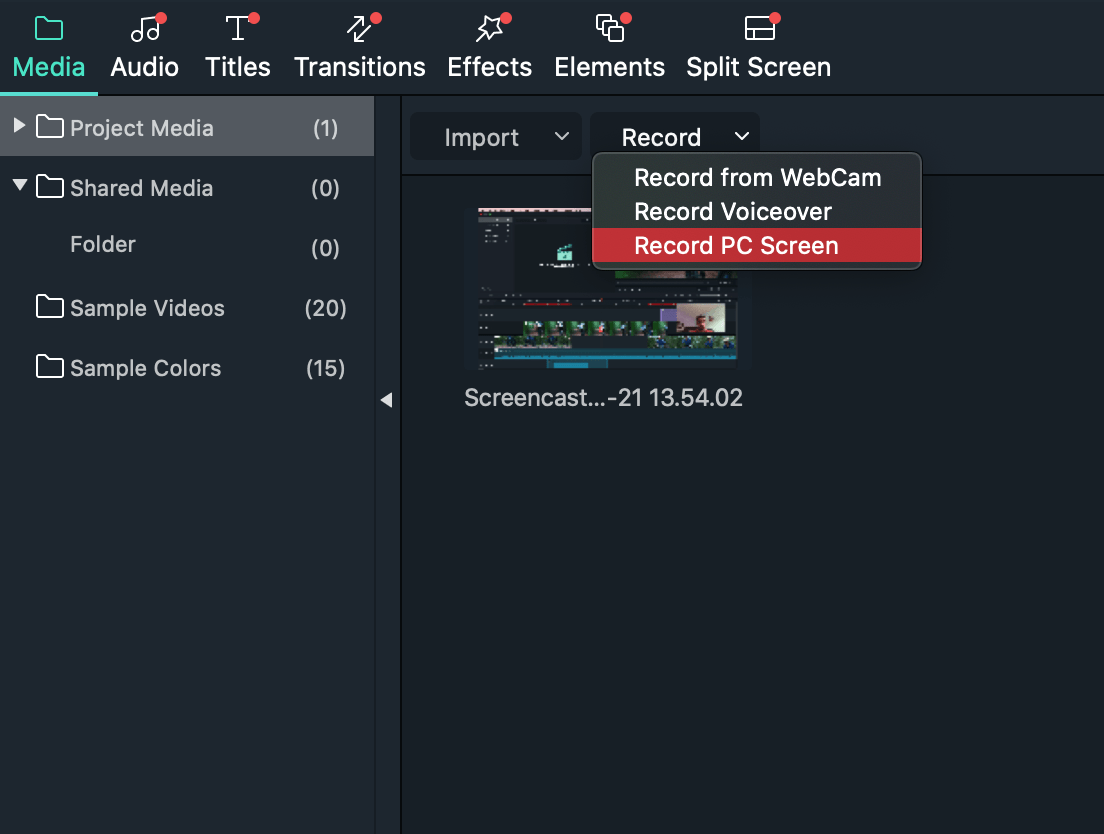

Screenflow vs Offline#
This is a lossy format that retains an extremely high bit rate, making it ideal for offline workflows. Sampling rate should be 48 kHz and quality should be at best. Even if your source video is 60 FPS, leaving it at Current will export a 30 FPS video. Click edit and change compression to ProRes 4444.Click on "Manage" in the export window and copy any preset.For that reason it is highly recommended that you export ProRes, however we won't be using the default preset for it. Exporting videos like this will not preserve accurate colors in your video. ScreenFlow's x264 codec, unfortunately, does tamper with the color space.

Note: ScreenFlow uses x264 but still calls it H.264.īy default the video scale will be your crop settings in the canvas, but you can change it by choosing other scale options from the dropdown or use your own custom resolution. You can also do this in the main export prompt by selecting a preset and clicking "Customize." The changes made in this manner are temporary and won't be saved to the preset. From here you can edit your encoding settings such as frame rate, bit rate, etc. Click the "Copy" button next to a preset (Uncompressed is recommended) and it will appear on the bottom. To do this, go to File -> Export (or press ⌘E) and click Manage. There are a number of presets to choose from, but it is recommended that you create custom presets based on the content you record. You'll still need a reasonably modern computer in order to handle this without dropped frames. This is uncommon, but if it happens use lossless and scale the monitor resolution. Depending on the visuals and movement in your source, it might mistake certain moments as "still images" and cause dropped frames in an attempt to reduce the file size. To minimize the performance hit, scale your monitor's resolution before recording. This method is very taxing at high resolutions, so you may want to do recording tests first to ensure your computer can handle it.
Screenflow vs full#
Everything on your display is recorded in full for every frame. The quality is practically indistinguishable from lossless, so use this unless you have a really powerful computer. For instance, if you record a game window ScreenFlow will focus on that rather than the bits of your desktop. The adaptive capture method will optimize recording performance by focusing more on movement (changing pixels) and less on still parts of the screen. Assuming your hardware doesn't have performance issues, the encoded videos will show all the frames recorded correctly. Playback in the canvas isn't perfect, so it might look like frames were dropped in the recording even though they really weren't.

Stick to ScreenFlow 4 for now if you want such control. If you want your screen recording to be as close to perfect as possible, use FFmpeg instead! Furthermore, ScreenFlow 5 no longer has the custom codec dialogue box, which limits the control you have over things like gamma correction, frame reordering, key frames, etc. There is some slight loss compared to lossless RGB capture with FFmpeg. Important: ScreenFlow's capture is not 100% pixel or color accurate.


 0 kommentar(er)
0 kommentar(er)
